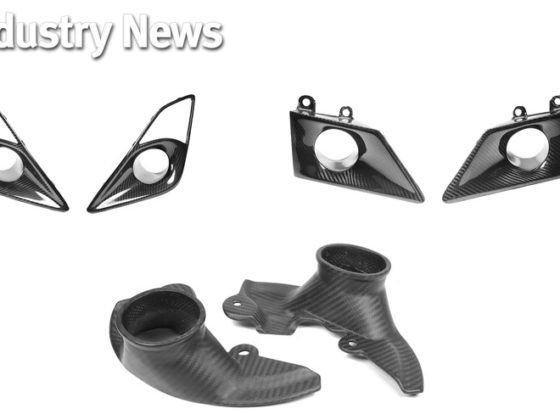
Everything featured today was tested on Modified by KC’s Dynojet 424x. You may recognize this minivan because we used it in our Michelin’s X-Ice Xi3 winter tire test, running it against all-wheel drive trucks and cars in the snow (check it out here!).
5 Trick Fixes for High Mileage Cars: Get Better power, Fuel Economy and Engine Longevity.
“So you guys are really going to test that thing?”
“Of course…we're from MotoIQ.”
We often get asked what few, simple things could be changed on a used car to extend the life of the engine, or to improve overall power and fuel economy, as well as overall performance. So here at MotoIQ, we’ve compiled a checklist of things to replace with universal products that will help most cars continue running tip-top.
In this first part of a two-part series, we'll talk about 5 things we can do to improve a car's engine performance and fuel economy, while helping the drivetrain spin a long life.

We’ll be swapping in new 02 sensors, sparkplugs and K&N air and oil filters that we got from Sparkplugs.com. We’ll also be replacing the driveline fluids and with Royal Purple products. The effects of this “tune-up”, will be tested on the dyno and in the quarter mile! (surprised?)
We should mention that, even before our baseline testing, the MPV has been running fairly well. Its 3.0-liter V6 engine has displayed a few hesitations during part-throttle operation here and there, but the minivan has been reliably getting us from point A to B in embarrassing fashion, and the tranny has had no apparent issues either.

For a proper test, you always need an up-do-date baseline. We strapped the MPV to Modified by KC's Dynojet 424x, and this is what the front wheels turned—it's not a very pretty graph. For a “200bhp” crank power rating, this 3.0-liter has probably seen better days. With a quick assessment, it looks like the graphical dips could be caused by ignition retard due to detonation, or worn plugs, or the injestion of a small animal.
Given the fact we’re testing with 93 octane to eliminate the insufficient octane variable, we’re counting on worn plugs being the culprit of the dips we see in the graph.
This baseline setup also netted us 0-60mph in 9.0 seconds with a quarter-mile run of 16.9 seconds at 82.8 mph, which is surprisingly on par with what other publications tested when the MPV was first released—and we ran ours on a full tank of fuel, too. See how the car fairs with its new tune-up in the quarter-mile on Page 7!
#1 REPLACE THE SPARKPLUGS
Our first order of business was installing new plugs. If an engine can pump lots of air and fuel, then there's the potential for good performance. But if the mixture isn't fully ignited, there's power left on the table. Even worse, if the hesitations are bad, it not only will hurt overall fuel economy, but it'll leave your date wondering how pathetic the rest of her life will be if she stays with you.
Since our Mazda MPV has been periodically displaying subtle jerking at part-throttle, which we're assuming is from misfires, we're welcoming the new plugs. It probably won't bring our girls back since hot babes don't dig nerdy dudes in a beige minivan.

Sparkplugs.com has about the best online pricing we’ve seen. Having ordered several NGK Iridium plugs in both Projects E46 M3 and Project Supra, we decided to contact them again. This time they had us try out their Pulstar PlasmaCore Pulse spark plugs.
While conventional plugs reportedly produce around 50 watts of peak power, a Pulstar plug gives off a whopping 5,000,000 watts—yes five million (insert Austin Powers pinky-lip shot). How? Unlike conventional plugs that dissipate and waste energy, a Pulstar PlasmaCore Pulse plug actually has a patented capacitor inside the core that stores the energy delivered by the ignition coil.
Before the spark, this energy is released in a quick and powerful burst, forming an energy-dense plasma field that sensitizes the fuel mixture to ensure instant ignition. With this faster burn, Pulstar reports quicker throttle response and higher average horsepower and torque.



